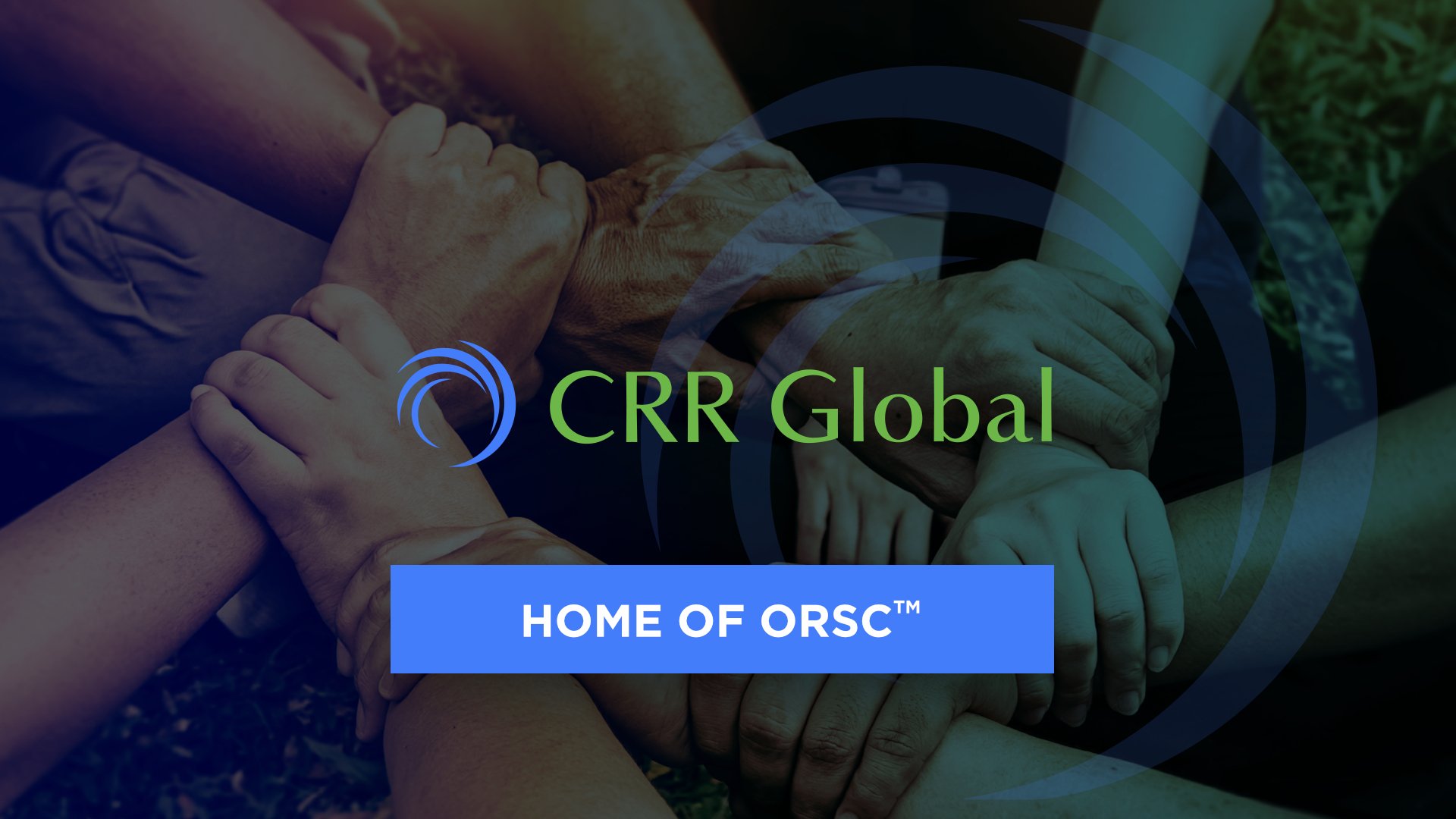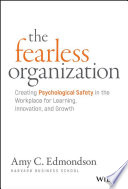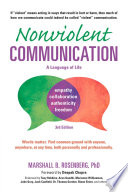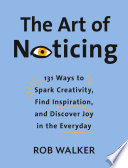Ever been in a meeting and felt something shift, yet no one named it? A sideways glance, a pause that lingers too long, a joke that doesn't land.
When these signals happen, there is definitely something being communicated. In systems coaching, this is called the emotional field or the unspoken energy that lives between people and within teams.
The emotional field often holds more influence than words. When we ignore it, we miss opportunities to surface concerns, heal rifts, or deepen connection. In this post, I'll share some recent client experiences and reflect on how tuning into what's not being said can help teams move from tension to trust.
Noticing the Emotional Field
I'm often caught quoting the Sapir-Whorf hypothesis: language shapes reality. Words matter for sure, and they're only part of the story. Research in communication consistently shows that tone, body language, and timing often convey more meaning than the actual words. In recent experiences with teams, it became obvious that much of what's truly felt never gets said out loud.
Here are a few signs you might be sensing the emotional field:
- The room goes quiet after someone speaks
- Team members avoid eye contact
- Energy feels "flat," "heavy," or "tense"
- A joke lands with discomfort, not laughter
- People are Midwest nice but distant
To effectively tap into the emotional field in these instances, we might say:
- "There's something crunchy in the space right now."
- "I'm sensing some hesitation here, what's that about?"
- "It feels like we just took a dip into something deeper."
These aren't criticisms, they're invitations to explore the liminal space where insight and change often begin.
The Cost of Unspoken Tension
Not naming the emotional field doesn't make it go away; instead it can fester and can:
- Undermine psychological safety
- Cause repeated miscommunications
- Erode trust over time
- Lead to passive-aggressive behaviors or disengagement
Exploring the emotional field builds relational resilience, allowing people to feel seen beyond words.
Try This: Bringing the Emotional Field Into the Room
To help your team read between the lines and normalize curiosity about the emotional field, try these tips:
- Practice noticing and naming the emotional field by asking, "I'm sensing some tension, can we pause and check in?", "It feels like the energy dropped, what changed?" or "Something in that last comment seemed to land hard. What's coming up?"
- Make a neutral observation such as "I'm noticing a lot of quiet today, who else sensing that?" or "It feels like we just shifted gears, what's that about?"
- Use a weather metaphor and ask "If this meeting had a weather forecast, what would it be?"
- Make space for quiet perspectives by asking "What hasn't been said, yet that might be important?"
Treat the emotional field not as a problem to fix, but as meaningful data to explore. These subtle shifts can foster care, responsiveness, and connection. Next time something feels off in a meeting, the easy thing to do would be to brush past it. Instead, pause, name what you're sensing, and invite others to do the same. What are you sensing in your next meeting? Try naming it and see what shifts.
Further Exploration

ORSC tools and Deep Democracy resources

A guide to psychological safety

Learning to name feelings and needs

Small exercises for being more aware Small exercises for being more aware






